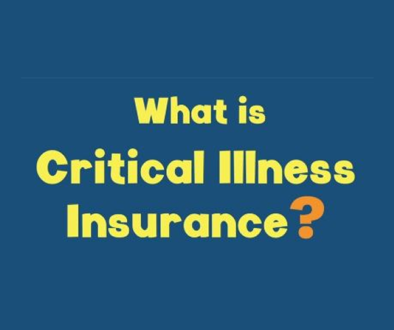How to deal with the costs of critical illness
Critical illness can wipe a family out with unexpected expenses. Here’s how you can help save yours.
When facing a critical illness—such as cancer, heart attack, stroke or Alzheimer’s disease—it’s important to focus all your energy on getting better.
But that can be difficult to do when the bills start rolling in. Consider these costs of critical illness:
- The average cost of cancer drugs: $24,000 to $36,000 per year
- The average cost of care up to 90 days after a stroke: $15,000
- Average out-of-pocket costs for health care and long-term care services for people aged 65 and older with Alzheimer’s disease: $10,000 per year
While your primary health insurance may cover many of your health-related expenses, there are also many out-of-pocket costs to consider, such as:
- Insurance shortfalls: deductibles, co-payments, benefit limitations
- Living expenses: house payments, utilities, groceries
- Special expenses: transportation, lodging, family care, special diets
- Loss of income: if you or your spouse are unable to work, or if you’re caring for another family member
If you’re unable to work, how would you pay for expenses related to a critical illness that may not be covered by your primary health insurance? Do you have sufficient emergency funds in place to cover all your living expenses? Or would you need to spend your life savings, take out loans, borrow money from your family and friends or sell your personal belongings?
A better solution
Critical illness insurance, such as those from a number of great carriers, works with your major medical insurance to help protect you and your family. It provides benefit payments directly to you, so you and your family can focus on your recovery, not your finances.
Article Credits: Banker’s Life



